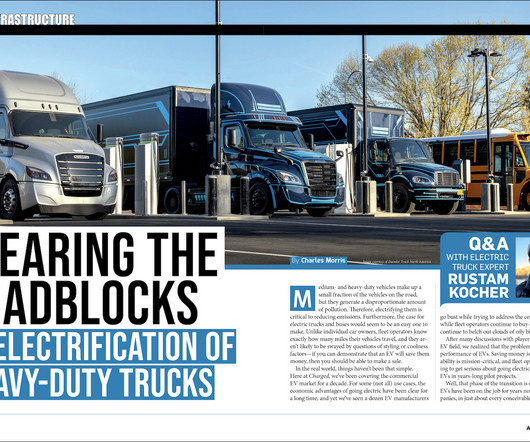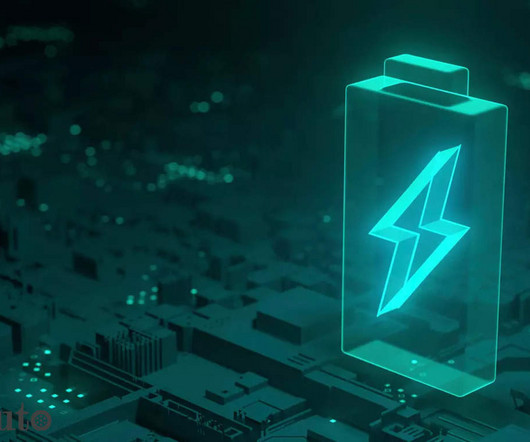Mercom: battery storage, smart grid, and efficiency companies raise $210M in VC funding in Q1 2019, down 55.5% YoY
Green Car Congress
APRIL 23, 2019
A combined $210 million was raised by battery storage, smart grid, and energy efficiency companies in Q1 2019—a 55.5% Smart Grid. Total corporate funding in Smart Grid came to $32 million in 16 deals compared to $272 million in 10 deals in Q4 2018. There were no battery storage project M&A transactions in Q1 2018.




















Let's personalize your content